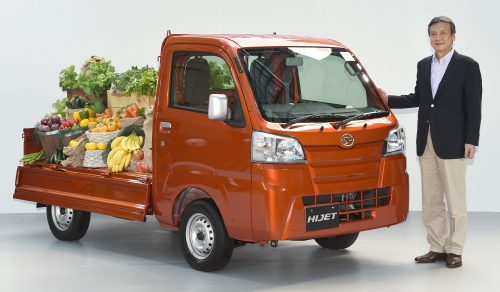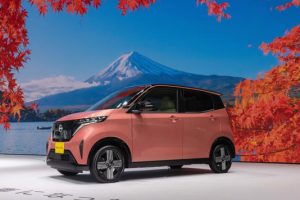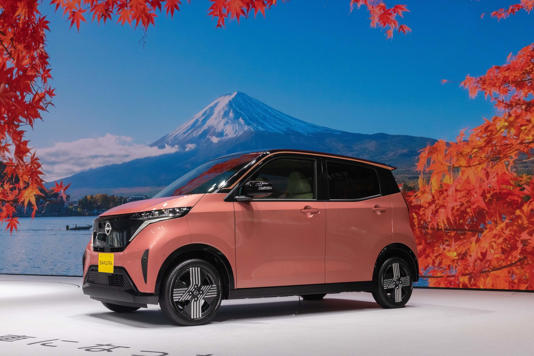
UPDATE: Over the past few months, Massachusetts has been cracking down on the registration of Kei cars. In some cases, the state has reportedly even refused to hand out titles and threatened to revoke existing registrations. As of Wednesday, however, that policy has been reversed: Kei cars and trucks are once again legal to drive on the streets in the Bay State. The change was announced by the Massachusetts Registry of Motor Vehicles on Tuesday, September 18.
Kei cars are extremely popular in Japan, especially in rural areas with little public transport. Their cousins, Kei trucks, have become increasingly in demand in the US in recent years.
With over 35,000 units sold this year, the Nissan Sakura accounts for roughly half of all EV sales in Japan. Japanese automakers and car buyers have earned a reputation for being slow to embrace the shift to electric vehicles, but an unlikely domestic winner offers a hint of how EVs can evolve to suit different markets.
Introduced last year, Nissan’s Sakura — jointly developed with Mitsubishi Motors Corp., which sells it as the eK X — is the best-selling EV in Japan this year. Named after the national flower of Japan, it was introduced on 20 May 2022 as the first battery electric “kei” car from Nissan. The models, which jointly won Japan’s Car of the Year award in 2022, account for roughly half of all EV sales in the country, with 35,099 units sold so far this year, data by auto industry groups showed.
With an electric motor providing greater acceleration and speeds surpassing other keis, the Sakura delivers a zippy driving experience that’s more like a regular-sized car. While the battery offers a more limited range of about 180 kilometers (112 miles), it can be fully charged overnight plugged into a household outlet.

A salesman at a Nissan dealership in Fujisawa, a city outside Tokyo, said many customers buy it as an extra car to run errands around town.
Kei cars can’t drive on US roads, and aren’t sold globally for various reasons, including their inability to meet collision standards of other countries, or regulations that apply to engine displacement or top speeds.
Which is a shame as they are mighty cute!
